Table of Contents
Cinema has been seen as a monumental storytelling vehicle, the only cultural bridge that is transcultural and global inspiration. New trends have reshaped the ways stories would be told and consumed in this globe for the past ten years. At every level-from the production and distribution of movies to its make-up of success-new technologies, shifting consumer preferences, and realignments in social dynamics are revamping the movie industry.
In this article, we will focus on six major trends in shaping the future of international cinema and see how those affect filmmakers, studios, and audiences alike. By real-life examples and personal stories, we will dive into what is changing the movie-going experience and what is in store for global cinema.
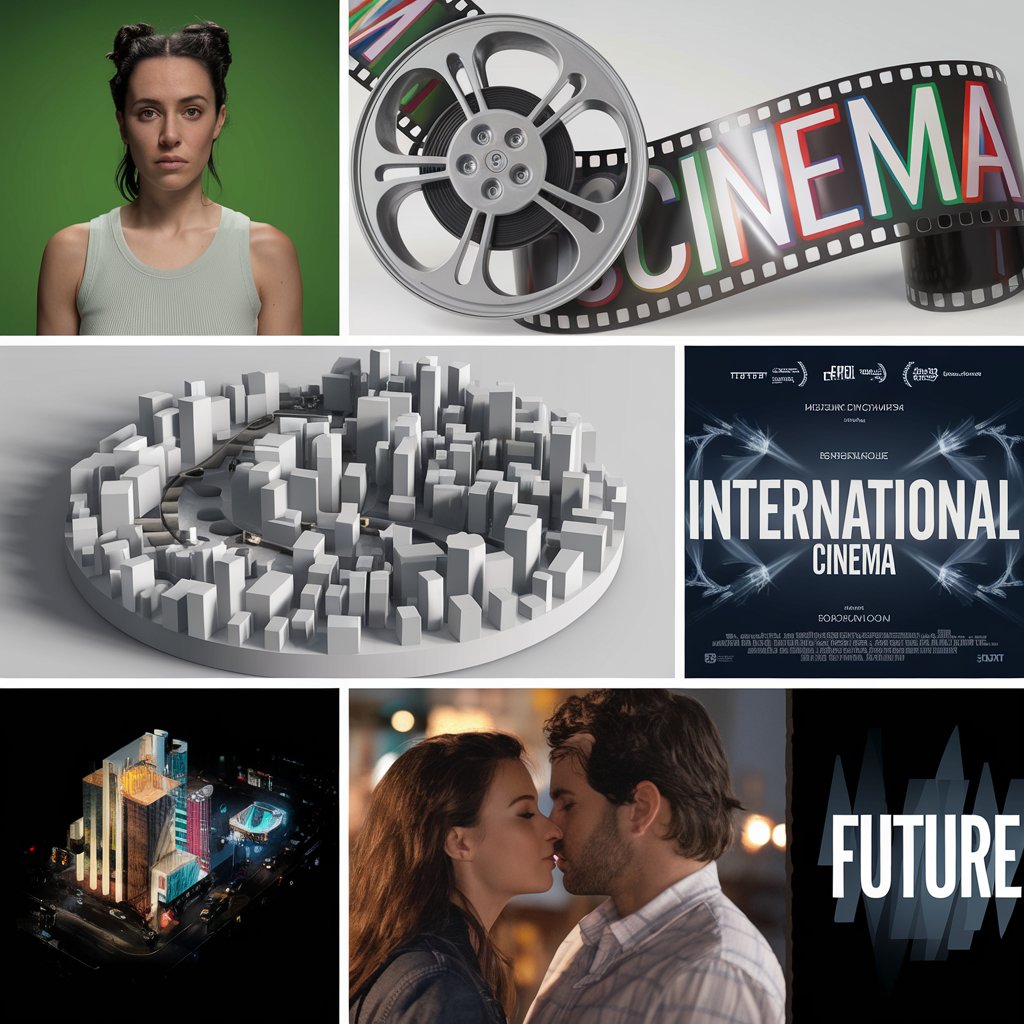
1. Rise of Streaming Platforms: Cinema Beyond Theaters
The last few years have seen the emergence of streaming services such as Netflix, Amazon Prime, Disney+, and Apple TV+, which have changed the game in the way films are distributed and consumed. Such platforms have made international cinema more accessible than ever before through the possibility of streaming content from any corner of the world.
How It’s Shaping the Future
Original content and international production are the money makers for streaming services. Take, for instance, that Korean thriller that Netflix produced; The Call shot to international phenomenon status overnight, proving quality cuts across any linguistic limit.
Twin releases in theatres and streaming services are becoming common. Wonder Woman 1984 was Warner Bros.’ pandemic-era move to release the film on HBO Max simultaneously with its theatrical opening-a harbinger of more hybrid distribution models to come.
A Personal Perspective
I can remember streaming Roma on Netflix, the black-and-white Mexican drama from Alfonso Cuarón. I wasn’t able to get this at my local cinema so was able to stream it from the living room. In doing so, it strikes me that streaming really is democratizing cinema for access of movies by anyone on this planet who wouldn’t normally have seen it.
2. Cross-cultural collaboration: Breaking language barriers:
International co-productions have now become the momentum for world cinema. Multilingual casts and cultural diversity in storytelling are no longer an issue for filmmakers and studios in order to reach a larger audience. Movies like Parasite and RRR have already proved that a culture-specific story can become universal.
The Shape of Future
Studios have now adapted multilingual formats. Movies and shows have subtitles and other language options; thus, these have reached more regions.
Cross-border collaborations unlock new funds, talent, and markets for filmmakers. In fact, this film, The Farewell, is an American-Chinese production as it captures both eastern and western storytellings.
I went to a film festival where I watched Minari: a Korean-American drama. Many aspects in the movie such as languages and cultural perspectives came close to my upbringing in a multicultural family. So, thinking that a global stage like this can be able to preserve film stories from other different cultural backgrounds fills me with hope.
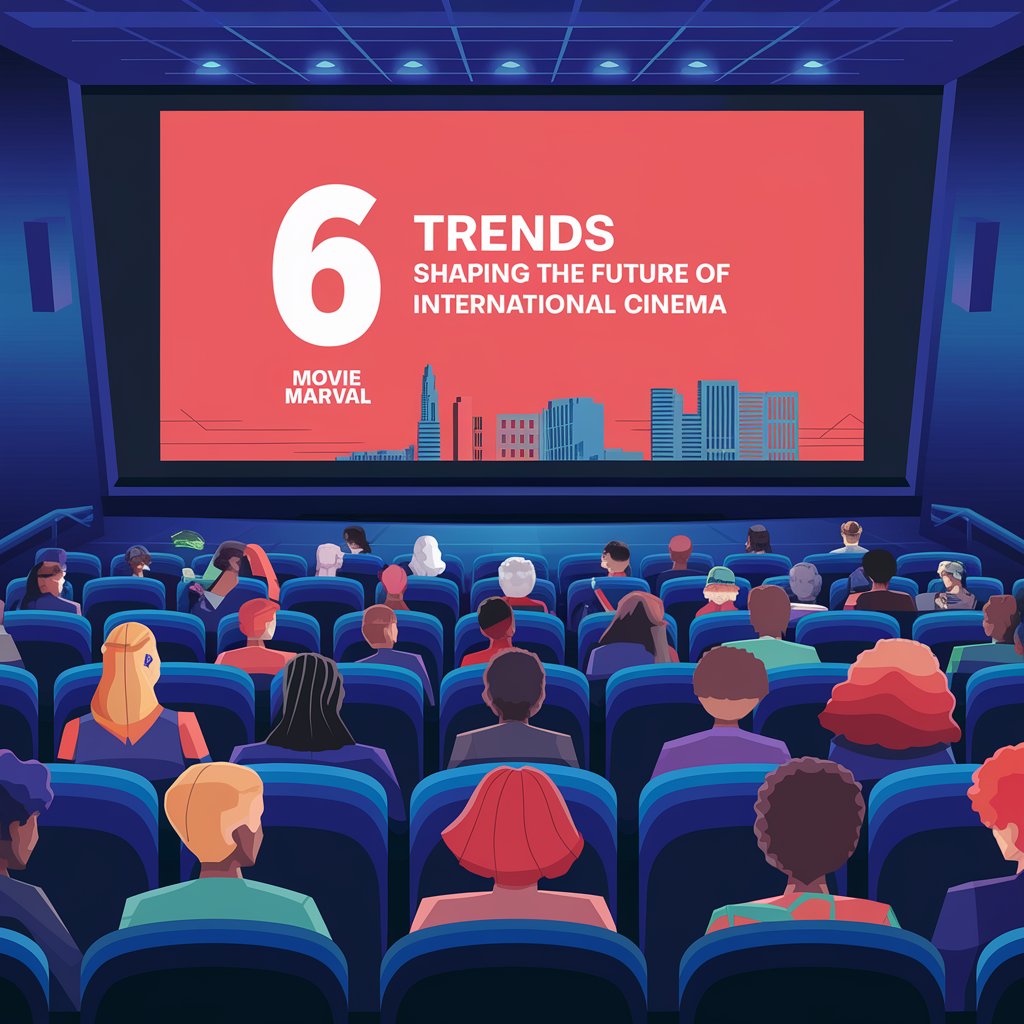
3. AI filmmaking: Redefining Creativity
The film industry is witnessing the fast application of AI, ranging from screenwriting and special visual effects to marketing campaigns. By employing AI tools, it is enabling filmmakers to analyze trends and even predict box office performances while generating movie scripts and much more.
It Shapes the Future
It involves pre-production in aspects such as casting and budgeting where the AI informs who amongst an actor and director are likely to make it using history in the industry.
The VFX teams now use AI to improve CGI. Advanced AI is used in films like The Irishman to de-age actors so that they can play characters in varied timelines
A Personal Perspective
I once attended a filmmaking workshop where we experimented with AI tools to generate story ideas. While initially skeptical, I was amazed by how the software suggested plotlines I hadn’t thought of. It made me realize that AI isn’t here to replace human creativity—it’s a tool to enhance it.
4. Eco-Friendly Cinema: Sustainability on and Off the Screen
With environmental concerns on every global agenda, the film industry is also incorporating sustainable practices in production and storytelling. Green initiatives now inform how films are produced and marketed.
How It’s Changing The Future
Studios are embracing carbon-neutral ways of producing films. In fact, the 2022 movie Don’t Look Up was shot while considering its carbon footprint to the minimum.
With the flow of time, filmmakers tell stories more frequently with environmental themes with increasing perception of climatic changes. Documentaries like Seas piracy raised quite a few questions concerning environmental issues across the globe.
A Personal Perspective
A tour through a film studio during the visit lately reflected, in my sight, some sets under construction from totally recovered material. I felt inspiring toward noticing the efforts that the industries make to go toward this kind of sustainability. Considering that I care deeply for what concerns the environment, to feel proud that cinema helps spread the message for value preservation, I found it worth expressing.

5. Representation and Inclusion: New Benchmark for Casting
Filmmakers and studios need to reevaluate casting decisions as the audience wants more inclusion and diversity on the silver screen. Movies that deliver authentic representation are not only getting praise but also performing well at the box office.
How It Is Redefining the Future
Black Panther and Everything Everywhere All at Once have represented how true representation is not only a trademark of every culture in this world but has spread worldwide.
These MeToo movements and Time’s Up gave voice to issues that happened behind the scenes. This in turn, caused more inclusive practices when it comes to hiring both in the Hollywood silver screens and many more.
Personal view
I remember how emotional I felt after watching Black Panther. A predominantly Black cast in a major blockbuster felt like long-overdue representation. It wasn’t about superheroes; it was about seeing people who looked like me taking center stage.
6. Virtual Reality and Immersive Cinema: A New Way to Experience Films
This future of cinema, therefore, is virtual and augmented reality. Virtual and augmented reality technologies open ways for a new experience among the audiences with stories and blur the line between viewer and screen.
How It Shapes the Future
Audiences are now part of the storytelling of VR films. Film such as Carne y Arena allow viewers to be able to step into the shoes of a refugee crossing the desert.
Another thing that will be popular is interactive storytelling where the audience has the power to change the plot in real-time. Netflix’s Black Mirror: Bandersnatch allowed viewers to have control of the storyline.
A Personal Perspective
I recently tried a VR experience at a film festival where I happened to stand inside a scene from a short film. It was just surreal to be totally immersed in the world created for those characters. That experience makes me realize how such technologies as VR and AR will change the world of engaged experiences involving films into something more meaningful and personal.
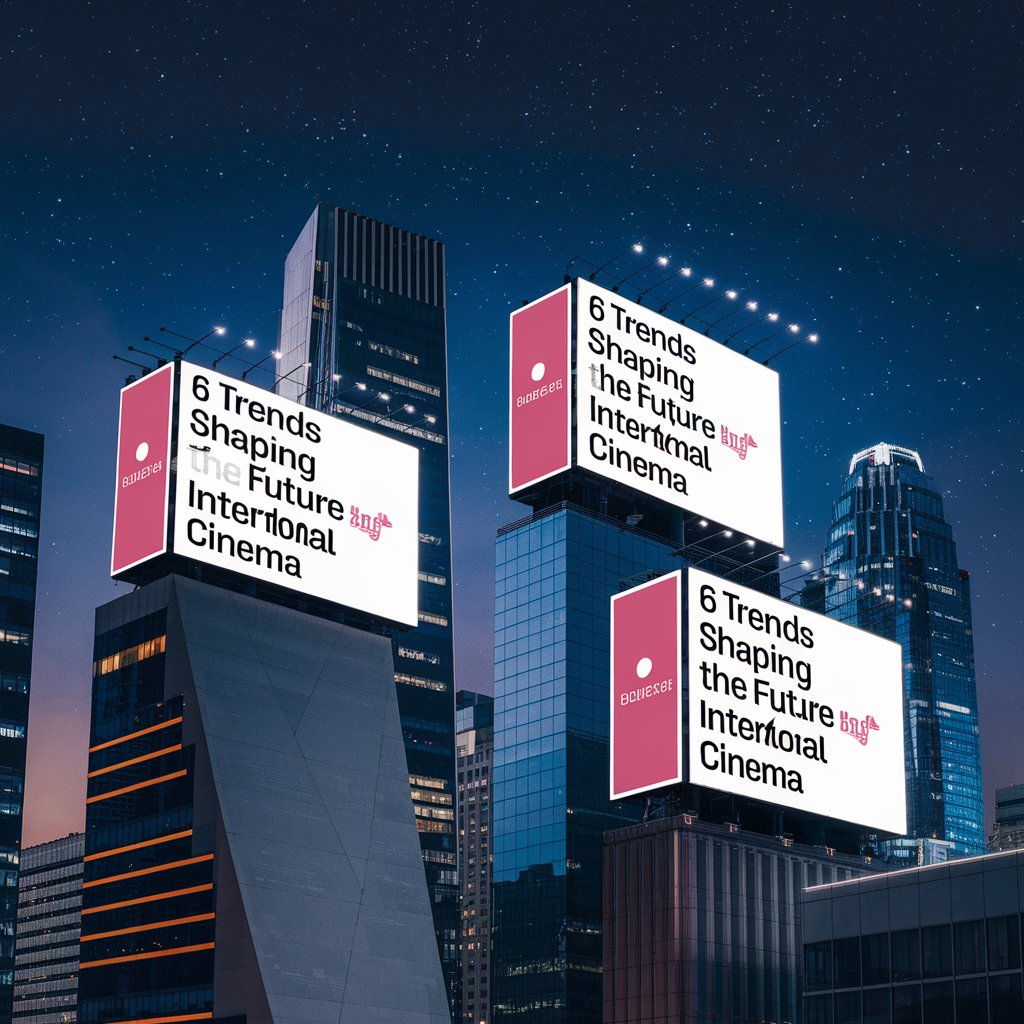
My Personal Experiences:
Having loved cinema all her life, Maya loves getting drawn to movies that draw boundaries and unite people by potent storytelling. Year after year, she has witnessed how cinema changes the way we watch films and also the kind of stories being told and by whom. It has been through some aspects of personal experiences that she herself has seen firsthand how key trends are changing international cinema. In this piece, I’ll share my own encounters with six major trends, from streaming to virtual reality, and how they’ve influenced my perspective as both a film lover and an audience member.
1. Streaming Platforms Revolutionizing Movie Consumption
One of the changes I had to experience was that streaming platforms have revolutionized the way we see things. Going to the cinema was purely meant for movie watching in my case. Netflix and Amazon Prime have changed things very permanently. I still remember being eager to wait and watch Martin Scorsese’s The Irishman. Watching a fully budgeted and star-studded movie on my TV screen used to be surreal in the space at home.
International films are now more accessible than ever through streaming. I vividly recall one rainy afternoon discovering a Norwegian horror movie called Troll by accident, scrolling through the international section of Netflix. Without streaming, I probably would not have accidentally discovered this treasure. It feels incredibly empowering to have this vast library of cinema at one’s fingertips—something that, a decade ago, I wouldn’t have ever thought was possible.
But I also miss the experience of theater. The first time I streamed a blockbuster on Disney+, it was bittersweet. There is something special about shared experiences in a movie crowd, something streaming can’t match.
2. Cross-Cultural Collaborations Creating Global Stories
I remember some of the most memorable stories from some of the very fresh international collaborations in filmmaking. One of my most impactful experiences was viewing Minari-a beautiful Korean-American film that tells a great blending of East and West storytelling. It is as if the story reflects some of the cultural battles that were happening in the family when my family was staying abroad.
It was inspiring to see how cross-cultural narratives are being celebrated all over the world. Among the great examples, I remember that I had gone to watch RRR-the Telugu-language film-which is part of a local festival, and I couldn’t understand the language, but I was connected with emotions because of subtitles and universal themes like friendship and courage.
Indeed, these experiences have been enlightening: the language barrier is certainly not any obstacle to experiencing world cinema. Additionally, a cultural expression on film does sound more real and packs in a better emotional value factor even if the origin of such cinema is not native.
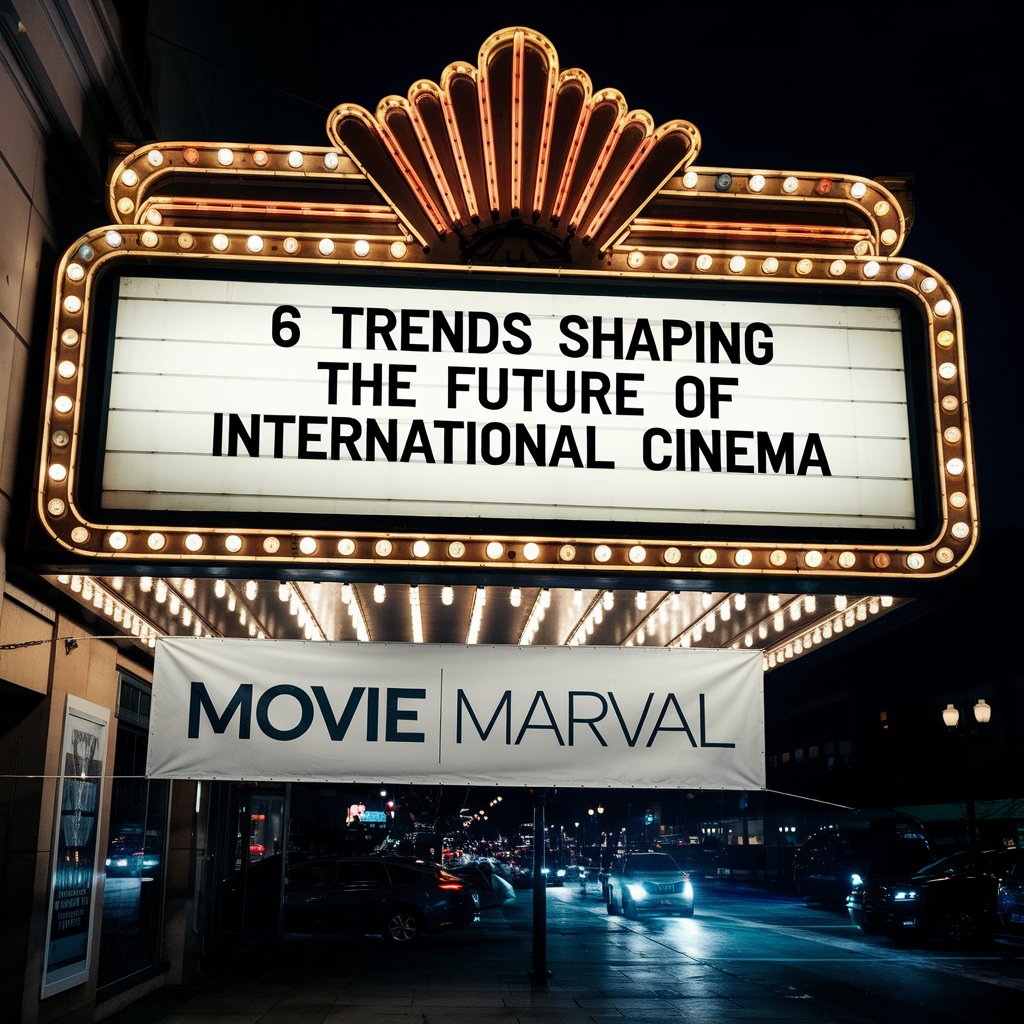
3. AI and Technology Innovation into Film Production
Quietly revolutionizing cinema, AI is an area I had a chance to experience firsthand at a tech-based film festival. There, short films were seen that were generated with the aid of AI tools. One experiment was the program where an AI predicts the emotional beats of a story and guides a scriptwriter to adjust scenes for maximum impact.
I was a skeptic. Was this AI to dilute the creative essence of filmmaking? But, as it turned out, quite surprisingly, it was very compelling. Storytelling done by AI-assisted didn’t appear all that robotic; it rather felt only some new tool that was going to enhance creativity.
Something else to mention, though, is AI’s appearance in movies such as The Irishman, wherein Robert De Niro was de-aged using impressive visual effects. So, I was amazed at the end and began thinking of other creative film pathways that AI would unlock for filmmakers to come.
4. Sustainability in Filmmaking: A New Consciousness
The pressing concerns on environmental issues had changed the tide regarding the cinematic practices toward sustainability. I remember once visiting a film location which, surprisingly, was in action taking environmental protection measures by recycling its prop materials and costumes and using energy-efficient LED lights. Being an eyewitness to such practice, I really do believe the film industry has started concerning itself with environmental impact concerns.
I have also realized that there are more movies related to climate change and environmental issues. Watching Don’t Look Up, the satire about how human beings did not take proper measures when it came to environmental issues, is very close to my heart. It was not just a movie; it was an awakening disguised in entertainment.
But what a great thing to think, how the stories we tell-and the way we tell them-are responded directly to need, for a more sustainable world. It fills me with hope that cinema can be at once entertainment and social responsibility.
5. Representation and Inclusion Leading the Way
The meaningful trend I have watched is the one in regard to more diversity on-screen. Growing up in a culture where rarely did anyone see people of their color, it was heartening to watch this change. I was walking out of the movie theater crying when I first went to watch Black Panther. This was the first time my life that I felt my culture was not only represented but celebrated.
The film for me recently was Everything Everywhere All at Once, which literally took my breath away. No longer just sci-fi-it spoke straight to my soul and revolved around themes of identity, family, and belonging with an Asian-American lead. These remind me why this is necessary: truth that diversity is seen within authentic narratives.
6. Immersive Cinema Through Virtual Reality and Interactive Storytelling
Virtual reality is now the new form of interactive storytelling pushing the limits of what cinema can be. I had the chance to experience it firsthand at a VR exhibition when I impersonated a refugee crossing the desert, an extremely immersive emotional experience perhaps more personal than any film could have ever hoped to be.
I have also been interested in interactive films like Black Mirror: Bandersnatch. It was interesting to be able to influence the plot through my choices, making me feel more of an active participant in the story rather than a passive viewer. It was exciting and, at times, unsettling—exactly what the creators intended.
Such experiences tell me that the future of cinema isn’t about watching but being interactive. VR and interactive films are opening up new dimensions for telling stories and experiences in ways that are very personal and memorable.
Conclusion: A Cinematic Future Full of Possibilities
My personal experiences with these trends have taught me to appreciate the way international cinema is going. Streaming platforms have opened the world of cinema to me, and cross-cultural collaborations have enriched the kinds of stories being told. AI and VR have shown me that technology can enhance creativity and create new storytelling possibilities, while sustainability and representation remind me that cinema is a reflection of our collective values.
All of this experience keeps me excited for the future of cinema. Whether I see a blockbuster back home, find a foreign language film, or step into a VR story, I am well aware that magic will change and inspire me to take more steps with cinema. Cinema is looking bright-and I’m just waiting with bated breath for what’s next.
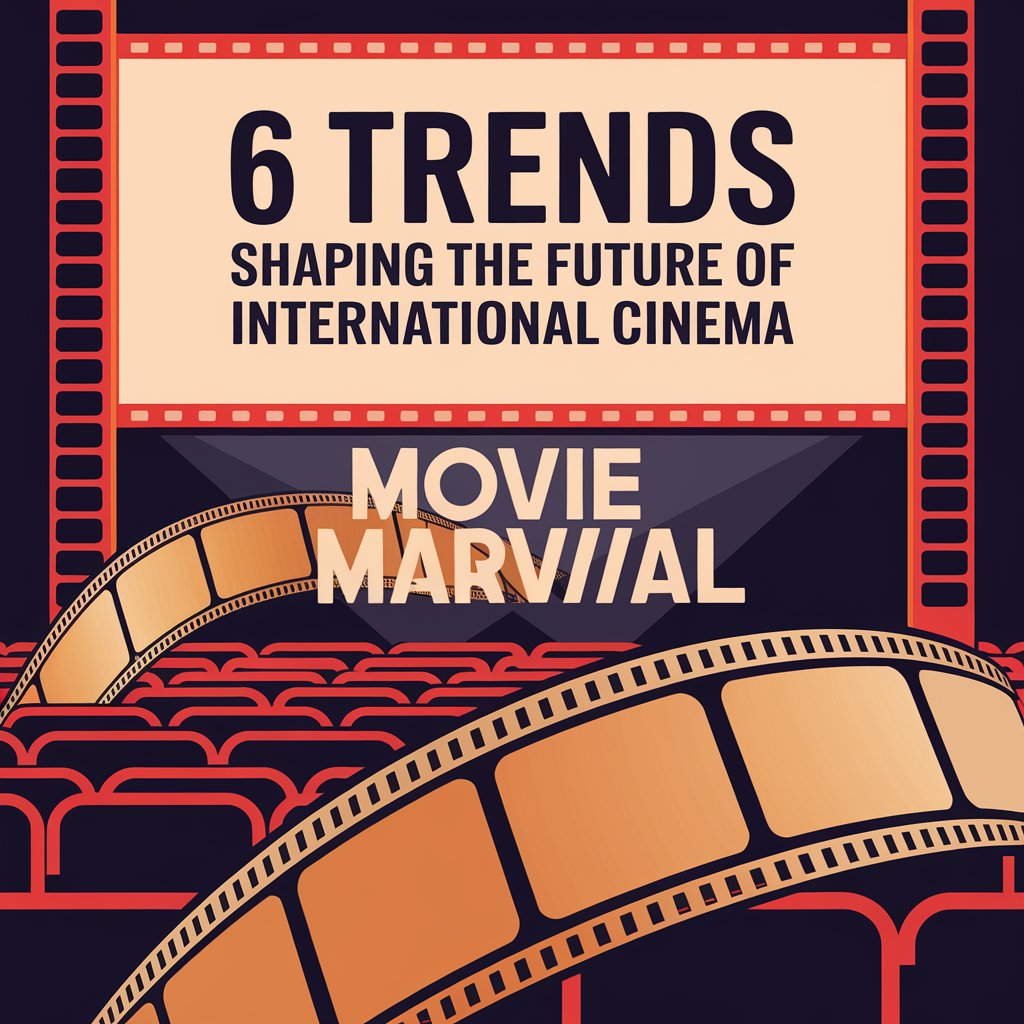
Trends in Shaping the Future of International Cinema FAQs
1. What has changed with the advent of streaming for international cinema?
Streaming has brought international movies to the world viewers breaking geographical boundaries.
2. What is cross-cultural cooperation in filmmaking?
Cross-cultural cooperation is where filmmakers from different countries collaborate to come up with stories appealing to their various audiences.
3. Can AI replace filmmakers?
No, AI is just an instrument for filmmakers to enhance creativity and efficiency in film-making. It’s not the filmmaker.
4. Why sustainability is needed in cinema?
Sustainable filmmaking will reduce the environmental impact on film industry as well as inculcate eco-friendly values in a person.
5. How is diversity changing cinema?
There’s more diversity and representation in movies, and then comes even more authentic stories in films, which appeal to the people.
6. Will VR replace cinema?
While VR offers new ways to experience films, traditional cinema will likely remain popular as both mediums cater to different audience preferences.
Профессиональный текстильный дизайн
цветная печать на ткани [url=https://studiya-pechati-na-tkani.ru]https://studiya-pechati-na-tkani.ru[/url] .
Освежите свой стиль с помощью печати на ткани, добавьте индивидуальность и креативность.
Уникальные возможности печати на ткани, для создания неповторимых образов.
Печать на ткани для современных модников, которые стремятся выделиться.
Измените свой гардероб с помощью индивидуальных рисунков на ткани, которые подчеркнут вашу индивидуальность.
Творческие концепции для тканей, которые вдохновят вас на новые образы.
Как выбрать идеальный способ печати на ткани, чтобы получить фантастический результат.
печать рисунка на ткани на заказ [url=https://www.pechat-nadpisi-na-tkani.ru/]https://www.pechat-nadpisi-na-tkani.ru/[/url] .
Почивка на Гран Канария: райски отдих, къде да отпочинете на острова.
Гид за плажовете на Гран Канария: изберете идеалното място за слънчева баня.
Гастрономичен тур на Гран Канария: опитайте местните деликатеси.
Почивка на Гран Канария: екскурзии за истински пътешественици.
Гран Канария: най-добрите спа центрове за пълно расслабление.
Семейна почивка на Гран Канария: отличен избор за цялото семейство.
Почивка в Гран Канария със самолет https://www.bohemia.bg .
Let’s make tonight unforgettable… your place or mine? – https://rb.gy/es66fc?groott
Купить Хавал – только у нас вы найдете разные комплектации. Быстрей всего сделать заказ на купить хавал джолион в уфе цена можно только у нас!
хавал джолион комплектации и цены
новый haval jolion – https://www.jolion-ufa1.ru/
быстро с Оформите свои любимые снимки на холсте
постеры на холсте [url=https://www.zakaz-pechati-na-holste.ru]https://www.zakaz-pechati-na-holste.ru[/url] .
Идеальный подарок: холст с печатью из студии, чтобы вдохновить на новые идеи.
Эксклюзивные холсты с печатью на заказ, которые украсят любой интерьер.
Холсты с печатью: профессиональное искусство, чтобы вдохновить на творчество.
Уникальные работы студии печати на холсте, которые подчеркнут вашу индивидуальность.
Портрет на холсте: оригинальный подарок, которые понравятся вашим близким.
картина по фото на холсте на заказ цена [url=http://studiya-pechati-na-holste.ru/]http://studiya-pechati-na-holste.ru/[/url] .
Основные ошибки в лечении синдрома беспокойных ног, частые недоразумения.
Секретные методы борьбы с синдромом беспокойных ног, что действительно помогает?
сидеропенический синдром это сидеропенический синдром это .
Как выбрать конкурсного управляющего для своего бизнеса, что важно знать, Профессия конкурсного управляющего: важные аспекты, инсайдерская информация, Интересные факты о работе конкурсным управляющим, проверь себя, Конкурсный управляющий как специалист: путь к успеху, Секреты успешного сотрудничества с конкурсным управляющим, экспертное мнение, Интересные факты о работе конкурсным управляющим, эксклюзивные советы
конкурсный управляющий [url=http://konkursnyj-upravlyayushhij.ru/]http://konkursnyj-upravlyayushhij.ru/[/url] .
Престижные магазины мебели в центре внимания
мебель из италии в москве [url=kupit-mebel-italii.ru]kupit-mebel-italii.ru[/url] .
проекты домов [url=http://tipovye-proekty-domov.ru/]http://tipovye-proekty-domov.ru/[/url] .
Купить Хавал – только у нас вы найдете разные комплектации. Быстрей всего сделать заказ на хавал цена 2024 москва можно только у нас!
купить в москве авто хавал
хавал автомобиль цена 2024 – http://www.haval-msk1.ru
конкурсный управляющий [url=https://konkursnyj-upravlyayushhij-po-bankrotstvu.ru/]конкурсный управляющий[/url] .
мебель итальянская [url=https://www.kupit-italyanskuyu-mebel.ru]https://www.kupit-italyanskuyu-mebel.ru[/url] .
I didn’t believe it until I saw it myself – a site that shows girls near you who are ready to chat. Curious? – https://t.me/+ijV3M3OHHIowNzcx
HewhOb
“I adore spontaneous decisions — join me at https://rb.gy/44z0k7?groott ?”